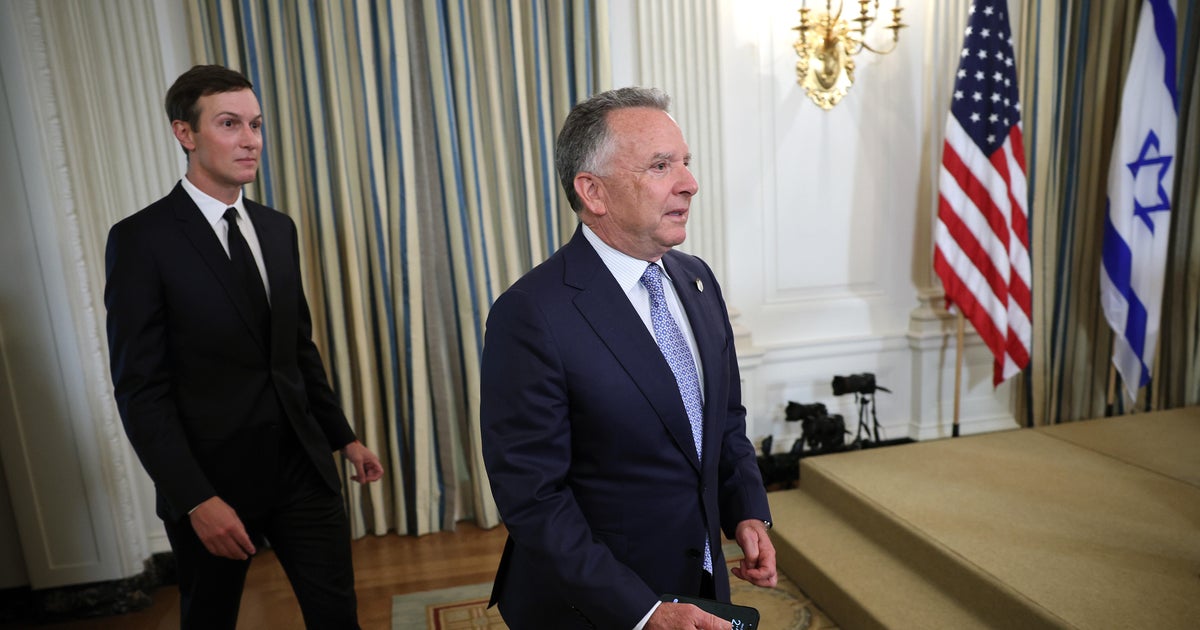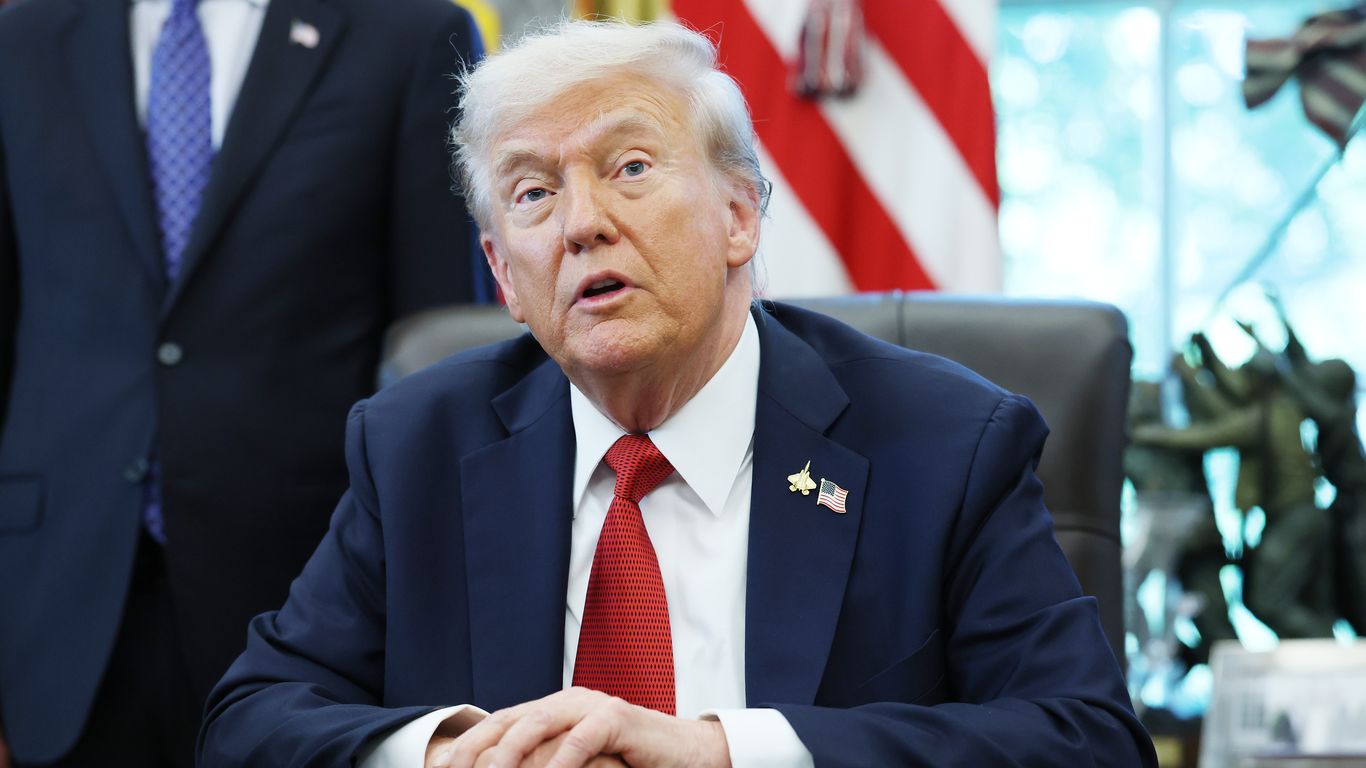U.S. Envoys Arrive in Egypt to Push Gaza Ceasefire Talks

U.S. Envoys Arrive in Egypt Amid Gaza Ceasefire Talks
U.S. envoy Steve Witkoff and former senior advisor Jared Kushner have arrived in Egypt to participate in indirect negotiations aimed at ending the conflict in Gaza. Their presence underscores the heightened diplomatic efforts to facilitate a ceasefire between Israel and Hamas, following escalating violence in the region. White House spokesperson Karoline Leavitt confirmed their involvement in these critical discussions.
Diplomatic Efforts and Mediation
The talks, held in Sharm el-Sheikh, bring together multiple parties, including Israeli and Palestinian representatives, with international mediators working to broker a truce. Witkoff and Kushner, both with experience in Middle East diplomacy, aim to leverage their expertise to help resolve the hostilities and secure the release of hostages held by Hamas. Their engagement highlights the U.S. commitment to stabilizing the region.
Potential Impact of the Ceasefire
A successful agreement could halt the ongoing bloodshed and pave the way for longer-term peace initiatives. The involvement of high-profile envoys signals the urgency and complexity of the negotiations, reflecting the broader international desire for a durable resolution to the Gaza conflict.
About the Organizations Mentioned
White House
The **White House Office** is a central organizational component within the Executive Office of the President of the United States (EOP), tasked with supporting the President in managing day-to-day operations, policy formulation, and political affairs. It is headed by the White House Chief of Staff and staffed by senior aides who report directly to the President, including those with titles such as Assistant to the President and Deputy Assistant to the President. These staff members are mostly political appointees without the need for Senate confirmation, allowing the President considerable discretion in shaping the office to suit each administration's priorities[1]. Historically, the White House Office was established in 1939 through Reorganization Plan 1 and Executive Order 8248 to provide immediate assistance to the President. It functions as the nerve center for presidential staff, physically located primarily in the West Wing, and plays a pivotal role in managing the President’s policy agenda, communications, and political strategy. Its flexible organization allows each President to tailor the staff composition and roles according to their governance style and objectives[1]. In the current context of 2025, the White House Office operates under the administration of President Donald J. Trump, who returned to office after the 2024 election. His administration emphasizes rejecting prior policies deemed extremist and focuses on enhancing quality of life, economic growth, and American energy dominance. The administration includes Vice President JD Vance and First Lady Melania Trump, among others, with a Cabinet advising on various governmental functions[4][6]. Recent initiatives linked to the White House’s operational sphere include the establishment of a new **Department of Government Efficiency (DOGE)** aimed at modernizing federal technology and software to boost government productivity. The DOGE agenda is implemented through the renamed United States DOGE Service within the Executive Office, reflecting a concerted push to leverage technology for administrative modernization[5]. Notably, the White House Office also coordinates national security and homeland security functions through the National Security Council staff, underscoring its central role







